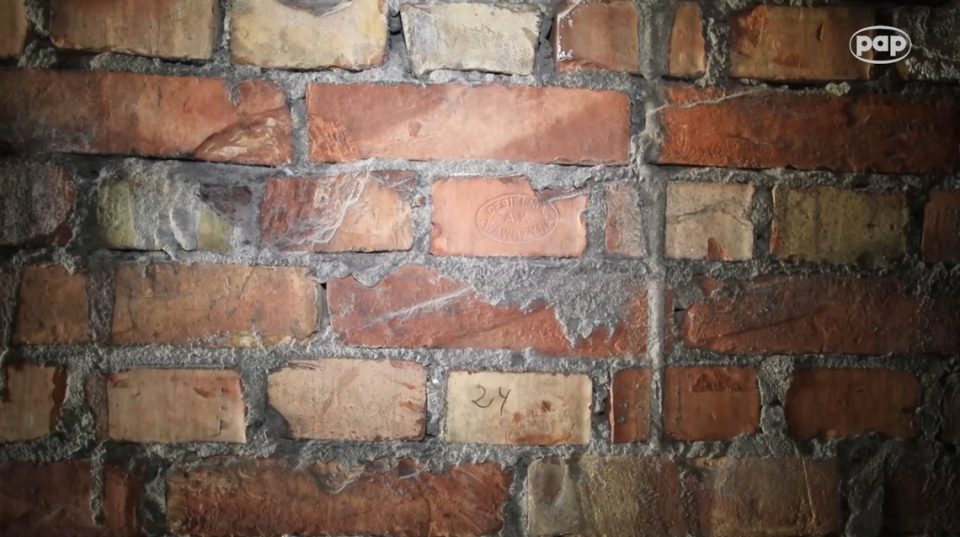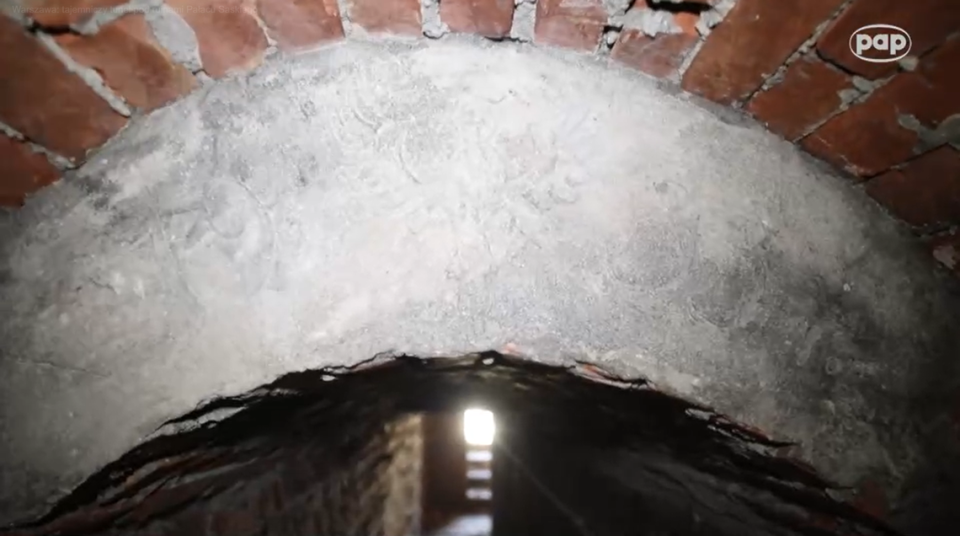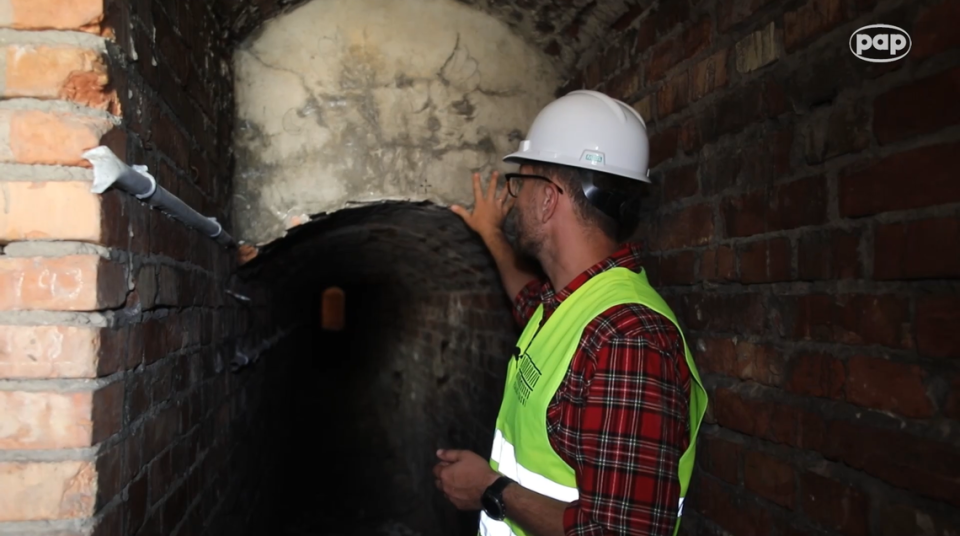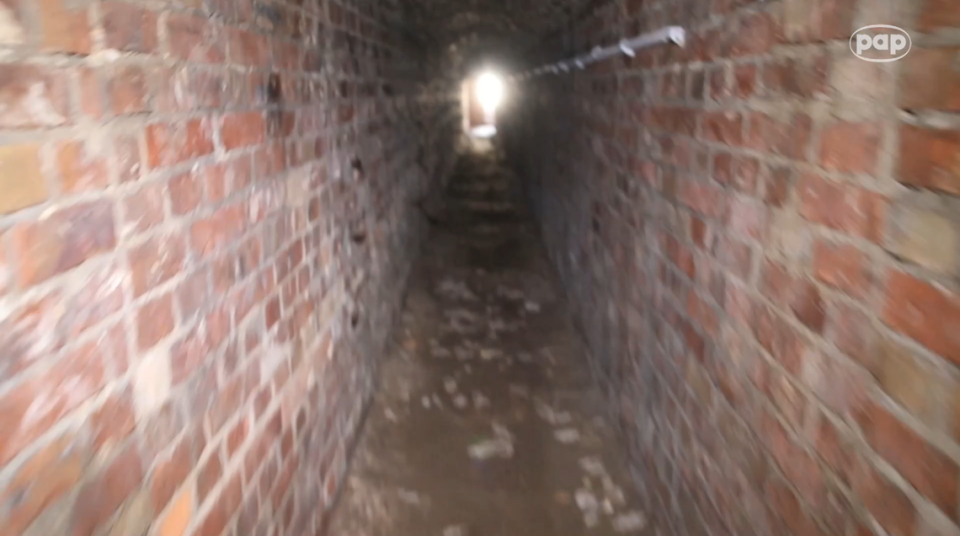Secret tunnel — with key purpose — uncovered beneath palace ruins in Poland. See it
Smack dab in the center of Poland’s largest city, an underground structure went undetected for almost a century. Beneath the ruins of a palace sat a mysterious tunnel with an important purpose.
Archaeologists excavating the ruins of Saxon Palace in Warsaw uncovered a secret tunnel about 13 feet down, according to an Aug. 16 news release from Science in Poland. The tunnel appeared on no known blueprints of the palace.
Digging through the rubble filling the passageway, they found coins, ornaments and pottery pieces. Along the walls and arched ceiling, they found markings on the bricks and plaster — clues to the tunnel’s history.
Some bricks in the tunnel had a brand mark from the brickyard supplier, the release said. A screengrab from Science in Poland’s video shows this oval-shaped marking.

On some ceiling plaster, archaeologists found a year, “1933,” carved by a builder before the plaster fully dried, the release said. Nearby, a stylized eagle was carved. A photo shows the faded inscription.

The secret tunnel was built in the 1930s when the palace was being used by the Polish Army and military intelligence officials, Sławomir Kuliński, a spokesperson for the company excavating the palace, told Science in Poland.
The about 150-foot-long passageway connected the army command staff’s office to the military intelligence office, Kuliński said. It allowed officials to pass information and reports quickly. The structure also had a telegraph cable, heating system and water pipes.

The Saxon Palace was originally built in the 1660s and became a royal residence in the 1720s, according to the State Archives in Warsaw. The building was expanded as its functions shifted throughout the 1700s.
Over the centuries, the building has housed Polish military staff, a foreign affairs ministry, restaurants and shops.
The building even housed a high school in the early 1800s, according to Radio Poland.
Nazi German armies occupying Poland blew up the palace in 1944, soon after the Warsaw Uprising movement failed to overthrow the occupation, the state archives said.

The ruins of the palace were cleared to ground level after World War II, the release said. Archaeologists worked on the structure in 2006, but the tunnel went unnoticed until now.
The Polish government plans to reconstruct Saxon Palace, Radio Poland reported in 2022. The reconstruction efforts are underway and scheduled to be completed in 2030.
Google Translate was used to translate the news release from Science in Poland and articles from the State Archives in Warsaw.
Island estate reveals forgotten ‘model’ for sugar plantation slavery — and resistance
Medieval teen girl found buried face down with ankles tied. Experts have a theory why
Monks fled burning monastery during revolt 500 years ago. Now its ruins are unearthed

